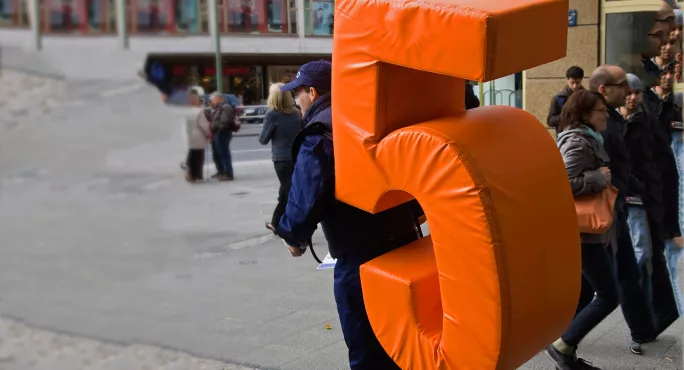There are lots of ways we engage with students and their thoughts about school and life in general: annual reviews; surveys; referrals; education, health and care plan (EHCP) applications and so on.
The problem is that these forms of engagement aren’t always very engaging (to put it mildly) and can veer into being incredibly frustrating.
At worst, they can lead even the chattiest students to respond with a dismissive “dunno” and a shrug.
Quick read: 5 tips from a teacher with dyslexia
Quick listen: Why child-led learning ‘does not work’ and what you should do instead
Want to know more? Science is for all: including pupils with additional needs
But these exchanges don’t have to be tedious, paper-pushing, question-and-answer exercises. If you share the experience with the young person in the right way, it can feel like a warm conversation, rather than an interrogation.
How teachers can get to know their SEND students
Here are some tried-and-tested methods for understanding your students:
Time travel
This exercise can offer insights into students’ future ambitions, but also offers an opportunity to praise them for the progress they’ve made so far.
I usually start off with three sheets of paper and draw an outline of a person on each one (representing past, present and future). We start discussing how things are now, what’s going well, what would they like to improve and so on.
Then I ask what things were like X amount of years ago and what progress they feel they’ve made since then.
Finally, we move on to how they see their future self. What are they like? Where do they live? What do they do for a living? What are their hobbies?
Outcome sorting
Outcomes are set and reviewed regularly for students with SEND, but how can you support them to truly engage with their goals? I like the method of writing each outcome on a separate slip of paper and getting students to sort them into three piles: met, nearly met and not met.
Start with the positives, looking at what they have met and nearly met already. You can then move on to discussing the outcomes that haven’t been met and what ideas they have on how they can move towards meeting them.
Alien student
Draw an alien together (the sillier the better, in my opinion). Explain that this alien has come from outer space and doesn’t know anything about school. Ask the student how they would explain what school is like to the alien.
Sometimes having to explain things simply brings out the most insightful responses from young people.
Show me
Ask the student to show you their favourite piece of work. Photocopy or take a picture of it and then get them to annotate it with notes on what they like about it and why it’s their favourite.
You’ll get the opportunity to praise them for this lovely piece of work and appreciate what’s important to them.
Compliment catch
Throw a ball to each other. Every time you catch it, say something positive about yourself. This gives you the opportunity to model a bit of self-appreciation as well as coming to understand their self-image.
Lowri Scourfield is a Sendco


